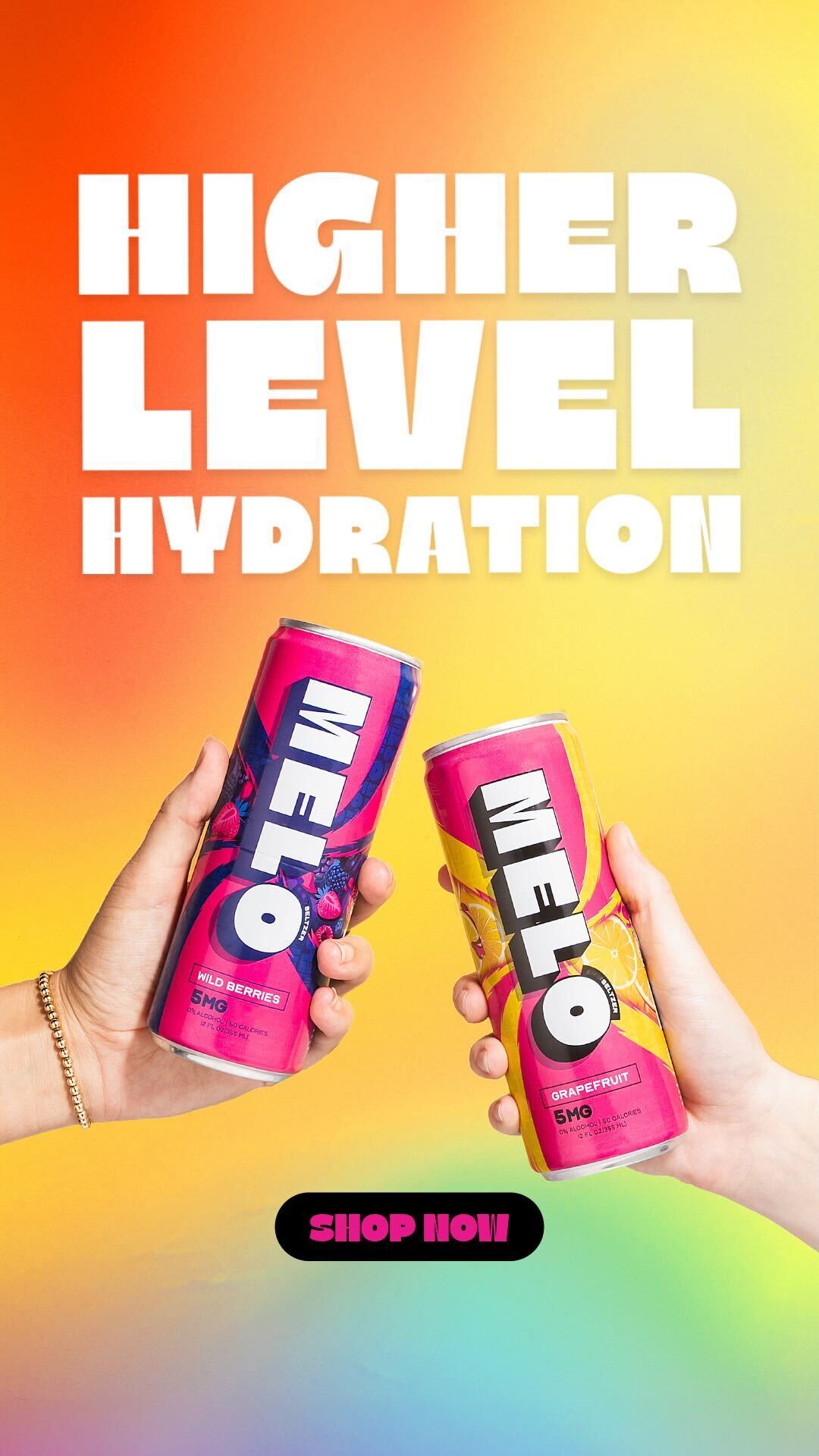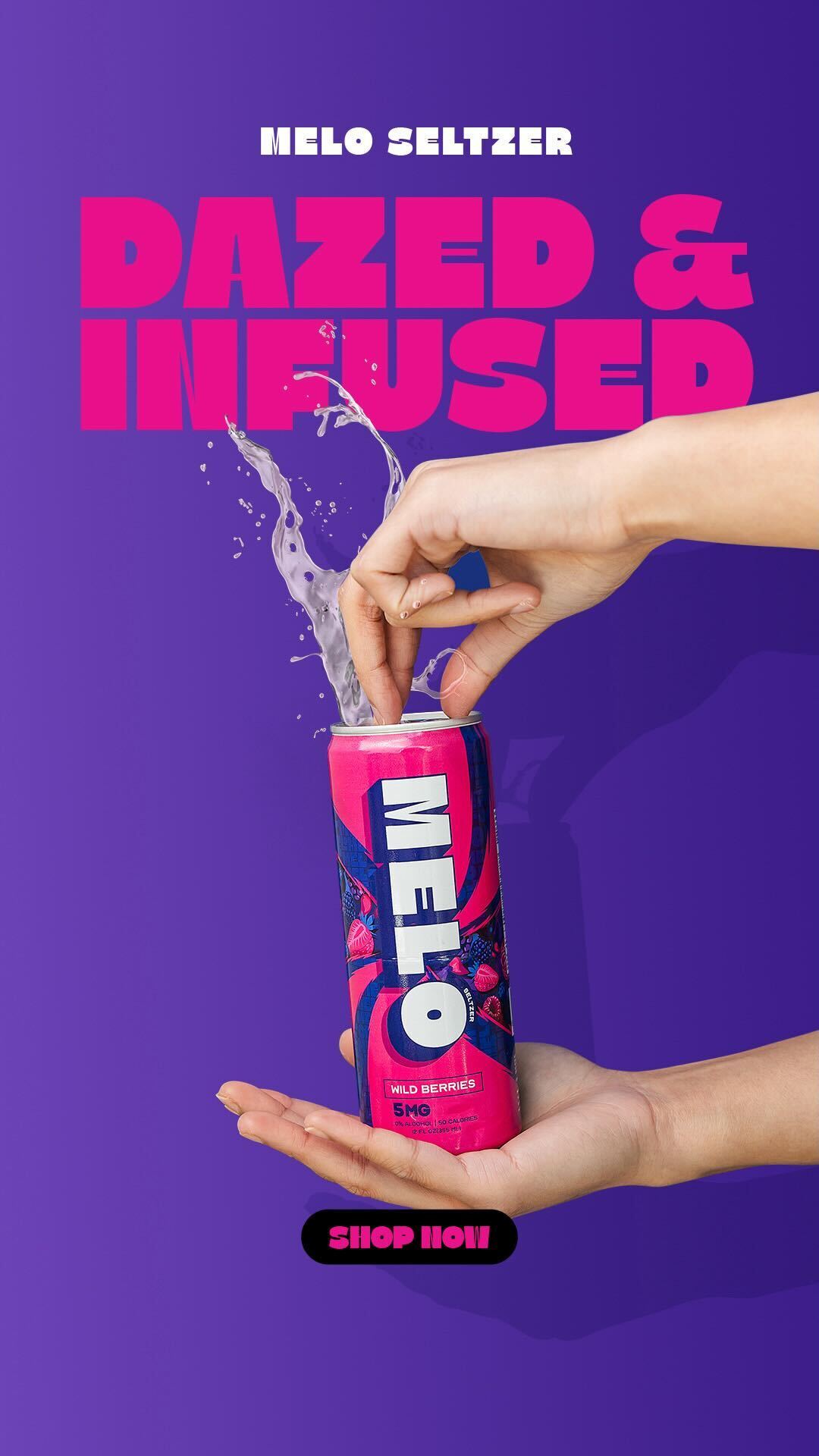How THC Seltzers Are Made: From Cannabinoid Extraction To Bottling
Cannabinoid Extraction
Cannabinoid extraction is the crucial first step in producing a wide variety of cannabis-infused products, including the increasingly popular THC seltzers. This process involves isolating specific cannabinoids, primarily tetrahydrocannabinol (THC), from the raw plant material using various techniques.
Sourcing Cannabis
One common method is solvent extraction, where solvents like butane or CO2 are used to dissolve the cannabinoids from the cannabis plant. The solvent is then evaporated, leaving behind a concentrated extract rich in THC. Another method is supercritical fluid extraction, which utilizes pressurized carbon dioxide as the solvent, offering a cleaner and more environmentally friendly process. The extracted THC can be further refined and purified for use in different products.
Choosing an Extraction Method
Choosing the right extraction method is vital for producing high-quality THC seltzers. Each technique has its own advantages and disadvantages that manufacturers consider based on factors like yield, purity, and cost.
- Solvent Extraction: This widely used method employs solvents such as butane or ethanol to extract cannabinoids. It typically produces a high yield of extract but requires careful handling due to the flammability of some solvents.
- Supercritical Fluid Extraction (SFE): Utilizing pressurized carbon dioxide, SFE offers a cleaner and more environmentally friendly alternative to solvent extraction. It produces extracts with high purity and minimal residual solvents.
- Other Methods: Emerging techniques like water-based extraction and rosin pressing offer additional options for THC extraction, each with its own set of characteristics.
Refining the THC Concentrate
Refining the extracted THC concentrate is essential to ensure a high-quality final product. The crude extract obtained through various methods often contains unwanted plant materials, lipids, and other impurities.
Purification techniques such as distillation, winterization, and chromatography are employed to isolate pure THC. Distillation involves heating the extract to separate components based on their boiling points, resulting in a more concentrated THC product. Winterization utilizes low temperatures to crystallize lipids and waxes, effectively removing them from the extract.
Chromatography techniques like column chromatography or high-performance liquid chromatography (HPLC) separate cannabinoids based on their chemical properties, allowing for precise isolation of THC.
Flavoring and Mixing
With the THC concentrate purified, the next stage involves flavoring and mixing. This is where creativity and meticulous attention to detail come into play. Manufacturers carefully select natural or artificial flavorings to complement the unique taste profile of the seltzer. They may opt for fruity flavors like citrus or berries, or explore more exotic options such as mango, pineapple, or even cucumber. The chosen flavorings are then blended with the THC concentrate and other ingredients, ensuring a balanced and enjoyable sensory experience.
Selecting Natural Flavors
Selecting natural flavors is a crucial step in creating appealing and high-quality THC seltzers. Manufacturers prioritize using real fruit extracts, essential oils, or botanicals to deliver authentic and refreshing tastes. These natural ingredients not only enhance the overall flavor profile but also contribute to a cleaner and healthier product.
When choosing natural flavors, manufacturers consider several factors, including taste compatibility, potency, and potential interactions with THC. They often conduct extensive testing and consumer feedback sessions to ensure that the selected flavors complement the cannabinoid experience and create a harmonious blend.
Adding Carbonation

Adding carbonation is the final step in the production process, transforming the flavored mixture into the effervescent beverage we know as THC seltzer. Specialized equipment called carbonation tanks are used to infuse the liquid with carbon dioxide gas under pressure.
The amount of CO2 added determines the level of fizziness in the final product. This step is carefully controlled to ensure a consistent and enjoyable carbonation experience.
Once carbonated, the THC seltzers are packaged into cans or bottles, ready for distribution and consumption.
Creating a Balanced Recipe

Creating a balanced recipe for a THC seltzer involves carefully considering both flavor and potency. Manufacturers start with a base of water infused with purified THC concentrate. Then comes the fun part: adding flavors.
Natural flavors, such as fruit extracts or essential oils, are often preferred for their authenticity and health benefits. These natural ingredients not only enhance the taste but also contribute to a cleaner and healthier product. Artificial flavorings can also be used to achieve specific taste profiles, but manufacturers must choose them carefully to ensure they complement the THC experience.
Finding the right balance is crucial. Too much flavor can overpower the subtle nuances of the THC, while too little may result in a bland and unappealing drink. Manufacturers often experiment with different flavor combinations and concentrations, conducting taste tests and gathering consumer feedback to refine their recipes.
Packaging and Bottling

Packaging and bottling are the final steps in bringing THC seltzers from extraction to market. After careful formulation and carbonation, the flavorful and infused beverages are ready for containment.
Using Food-Grade Containers
Packaging plays a vital role in preserving the quality and freshness of THC seltzers while also appealing to consumers.
- Food-Grade Containers: It’s crucial to use containers specifically designed for food products, ensuring they are free from harmful chemicals that could leach into the beverage.
- Light-Blocking Materials: THC is sensitive to light exposure, which can degrade its potency. Packaging materials that block ultraviolet (UV) rays help preserve the cannabinoid content and maintain product freshness.
- Barrier Properties: The packaging must effectively prevent oxygen and moisture from entering the container. This helps to inhibit oxidation and microbial growth, ensuring the seltzer stays fresh and flavorful over time.
- Carbonation Retention: The chosen packaging material should be able to withstand the pressure of carbon dioxide gas, preventing leakage and maintaining the desired level of fizz in the beverage.
Ensuring Safety and Purity
Packaging and bottling are crucial for ensuring the safety, purity, and shelf life of THC seltzers.
- Food-Grade Containers: Manufacturers prioritize using containers made from food-grade materials that are non-toxic and safe for consumption.
- Light-Blocking Materials: To protect the THC content from degradation, packaging utilizes materials that block ultraviolet (UV) light. This helps preserve potency and maintain freshness.
- Barrier Properties: Packaging must effectively prevent oxygen and moisture from entering the container, inhibiting oxidation and microbial growth to ensure product quality and longevity.
- Carbonation Retention: The packaging should be designed to withstand the pressure of carbon dioxide gas, preventing leakage and maintaining the desired level of fizz in the seltzer.
Labeling Regulations and Compliance
Packaging and bottling play a critical role in preserving the quality and safety of THC seltzers. Regulations regarding these processes are stringent due to the psychoactive nature of THC and its potential impact on consumers.
Compliance with labeling regulations is paramount. Labels on THC seltzers must clearly indicate the presence of THC, the amount per serving, and any potential health warnings. This ensures transparency and informed consumer choice.
Additionally, packaging must comply with state-specific guidelines regarding child-resistant closures to prevent accidental ingestion by children.
Enjoy Melo Seltzer’s THC Beverages Without the Hangover
- Should You Massage Temple Filler? - October 27, 2025
- Redensity 1 Skin Booster Treatments Near Send, Surrey - October 23, 2025
- Pre-jowl Sulcus Filler In Dorking, Surrey - October 21, 2025